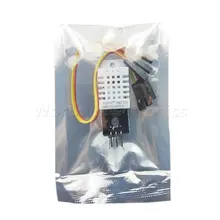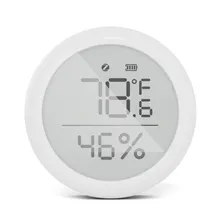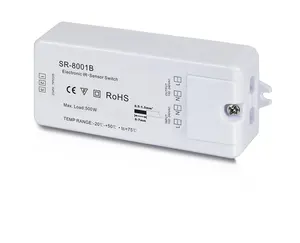Introduction to SR 8001A Sensor Switches
The SR 8001A sensor switch represents a pivotal component in the realm of smart electronics. These switches are integral to the functionality of various devices, enabling automated responses to environmental changes. Their versatility allows integration into numerous applications, from home automation to complex industrial systems.
Types and Applications
There are multiple types of SR 8001A sensor switches, each tailored for specific applications. Motion detection is a common use, where these sensors provide energy-efficient lighting solutions and enhance security systems. In industrial settings, they contribute to safety mechanisms, such as automated emergency responses in machinery.
Features and Materials
The SR 8001A sensor switch is designed with features that allow for seamless integration into various systems. These switches are typically constructed from durable materials that ensure longevity and consistent performance in different environments, from the controlled conditions of an office to the demanding atmosphere of a manufacturing floor.
Advantages of SR 8001A Sensor Switches
The advantages of using SR 8001A sensor switches are manifold. They offer enhanced accuracy in detecting movement or environmental changes, which is crucial for automation and control systems. Their adaptability across different technologies makes them a valuable component for inventors and engineers alike.
Complementary Technologies
SR 8001A sensor switches work in conjunction with a variety of other sensors, such as optical, temperature, and environmental detectors. This synergy is essential in creating sophisticated systems that can autonomously interpret and react to the world around us, from smart homes to advanced aviation controls.
Integration and Compatibility
The SR 8001A sensor switch is compatible with a broad spectrum of devices and systems. Its design allows for easy integration, making it a go-to component for enhancing the functionality of existing technologies and for the development of new innovations.











































 浙公网安备 33010002000092号
浙公网安备 33010002000092号 浙B2-20120091-4
浙B2-20120091-4